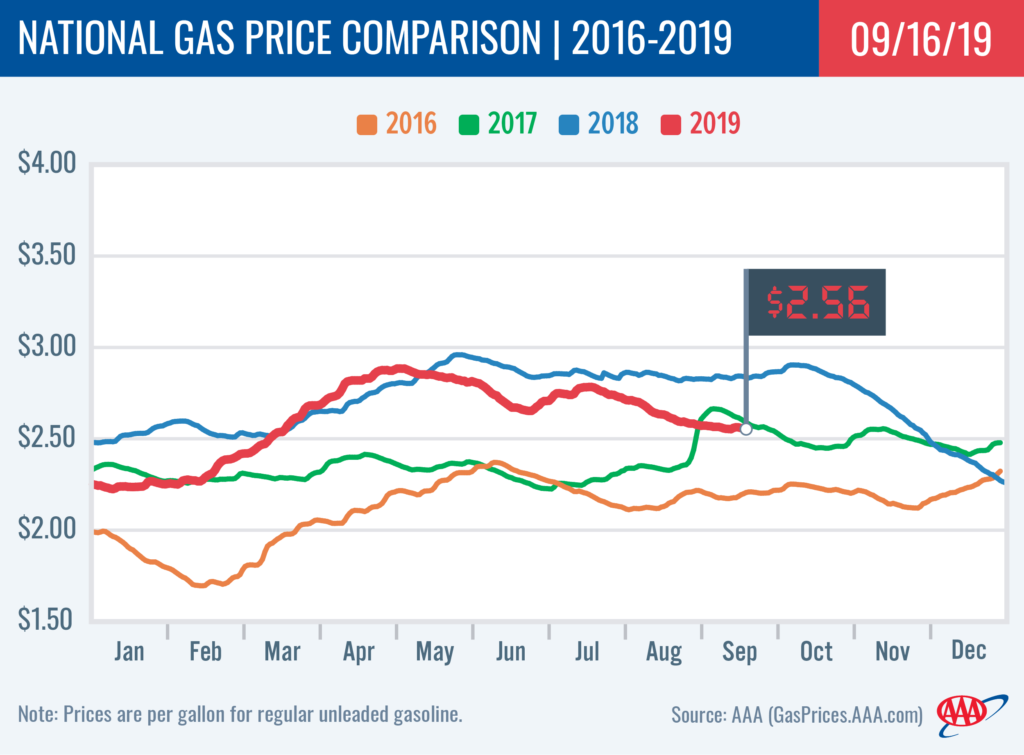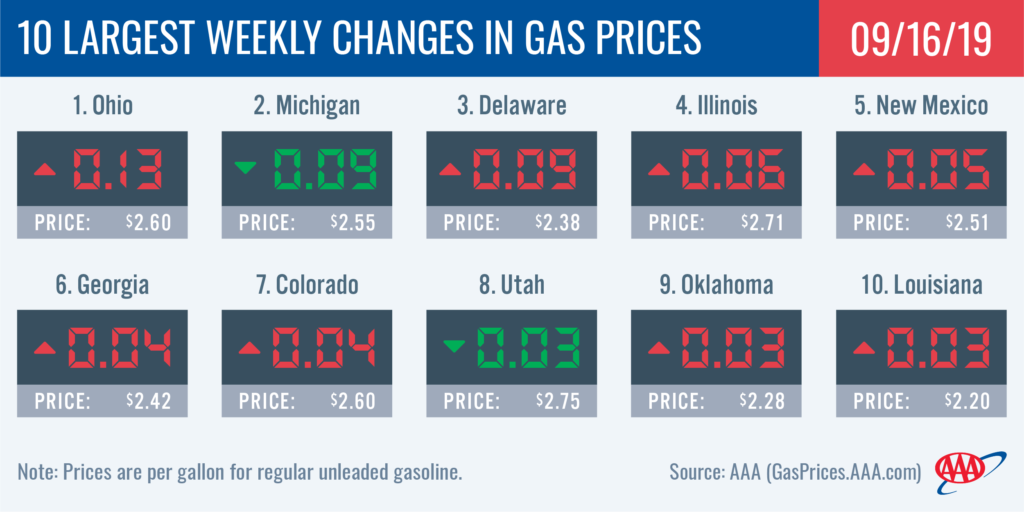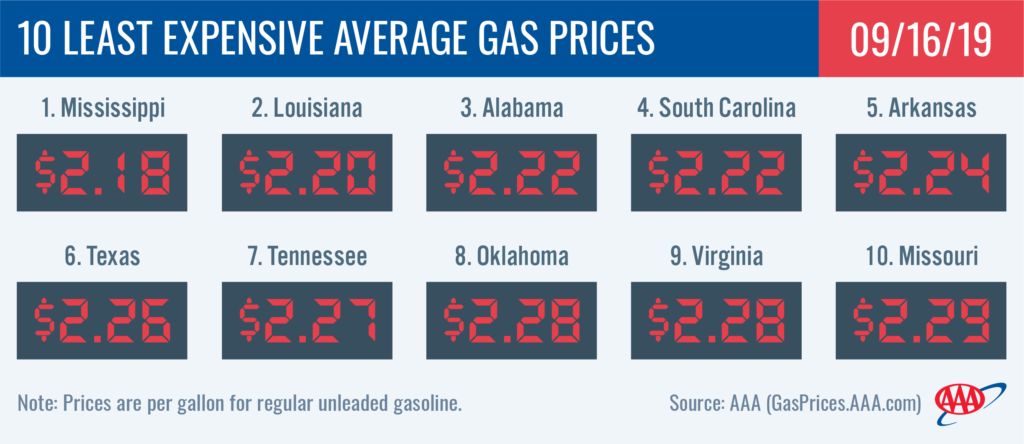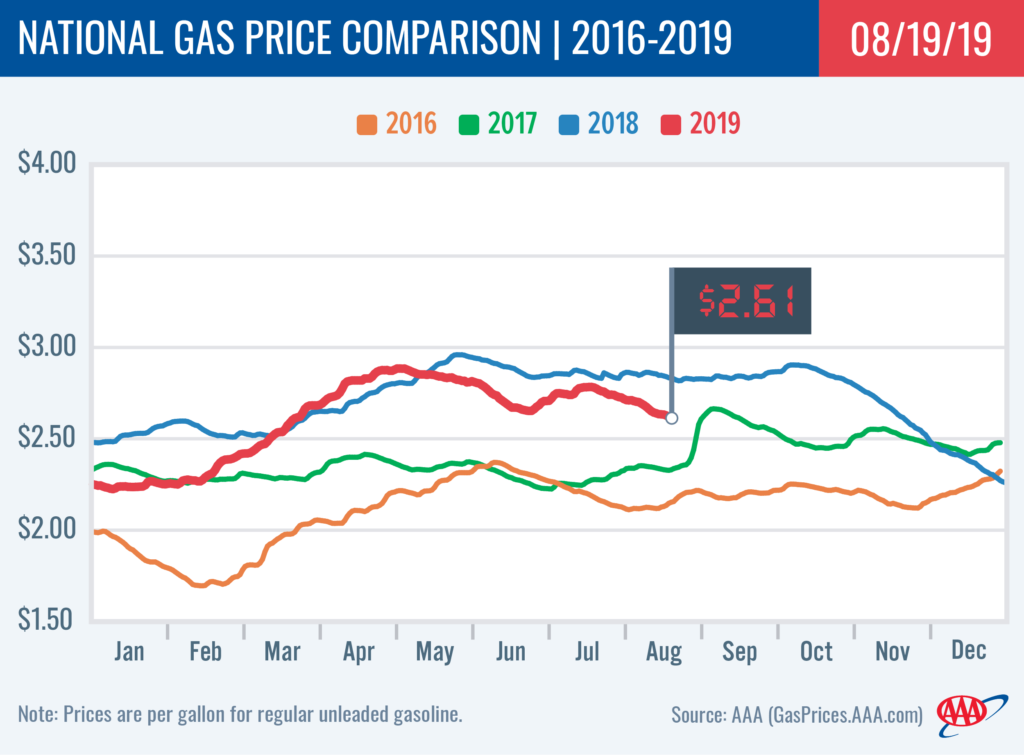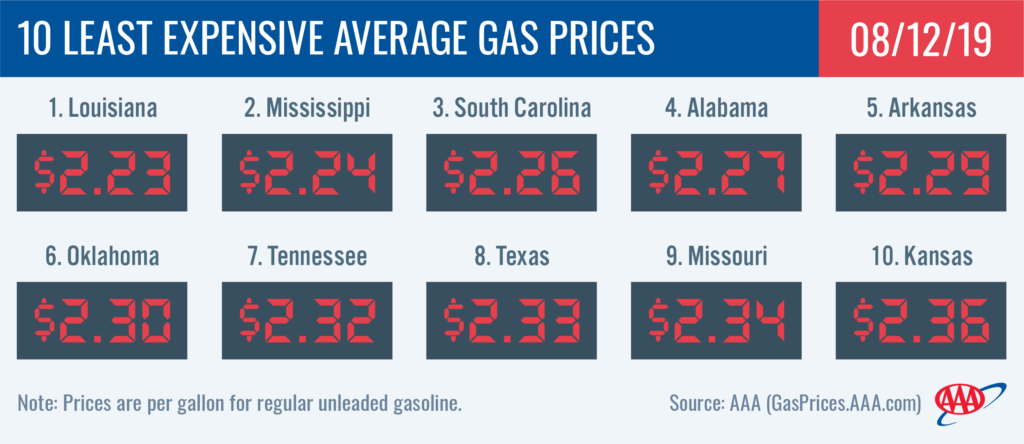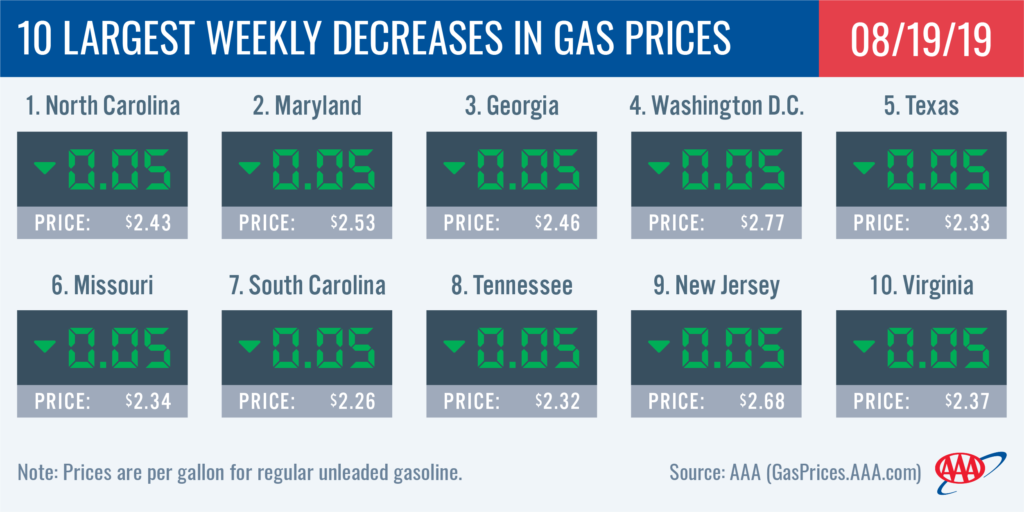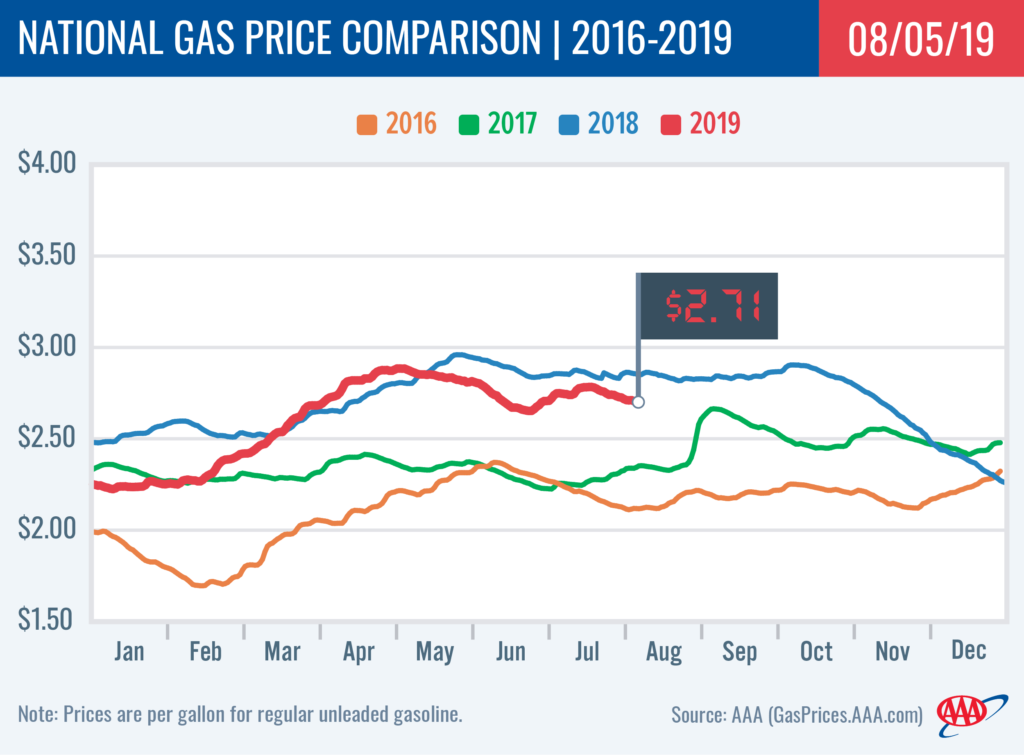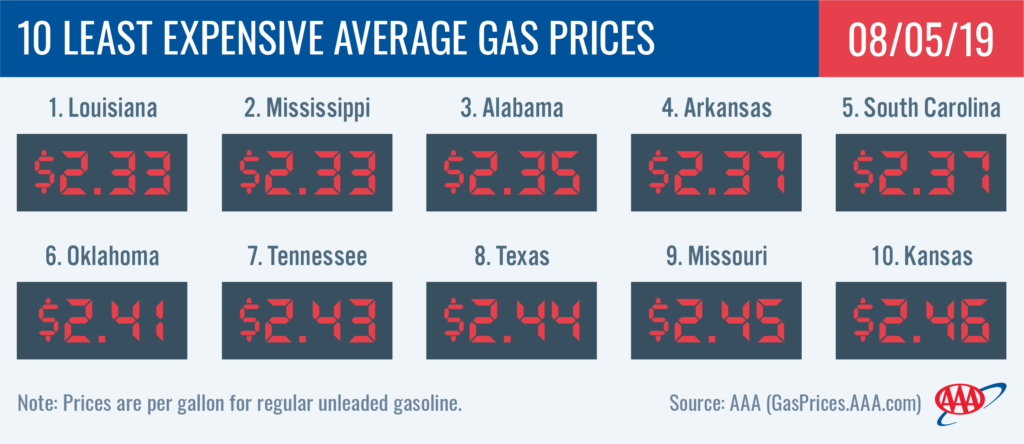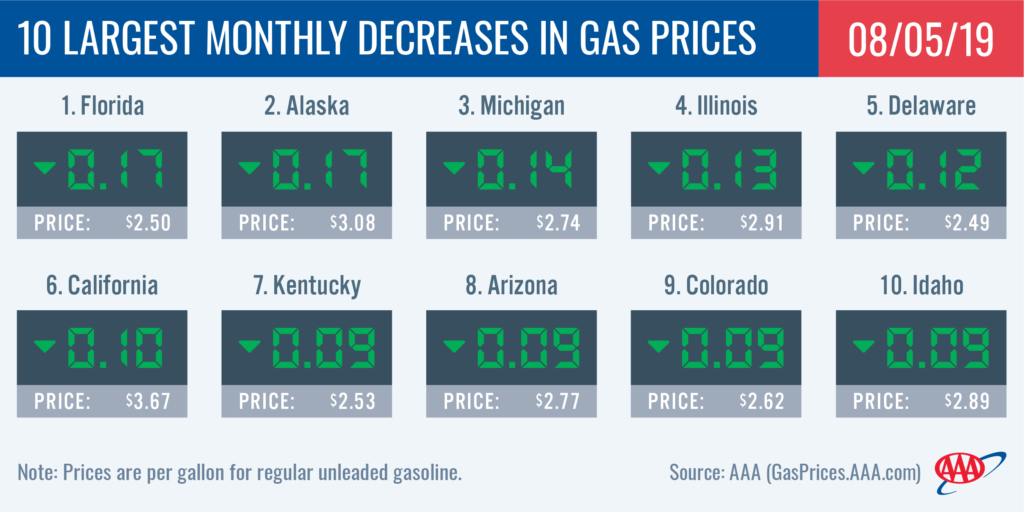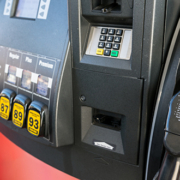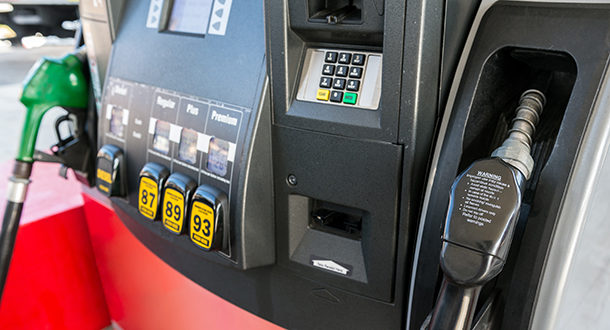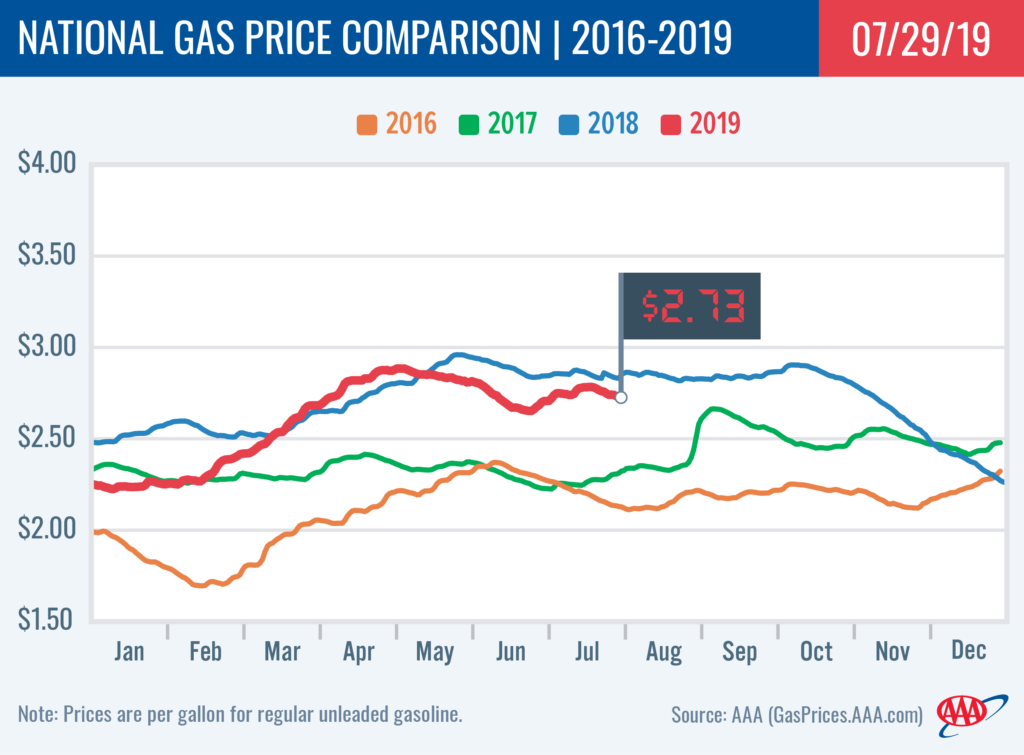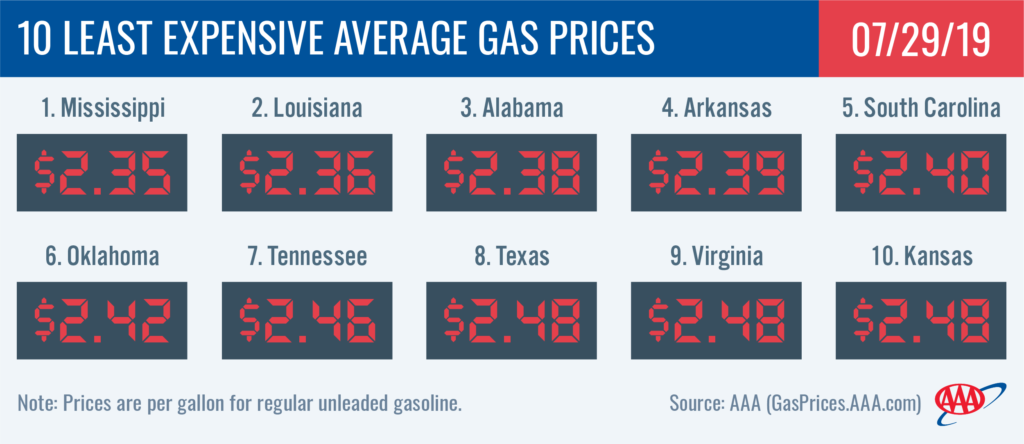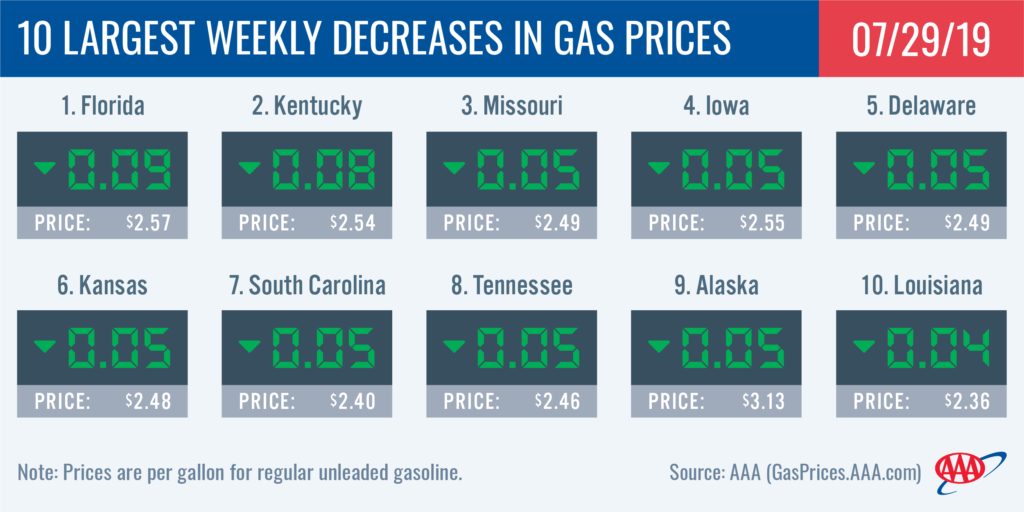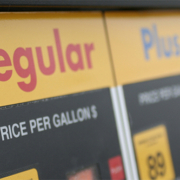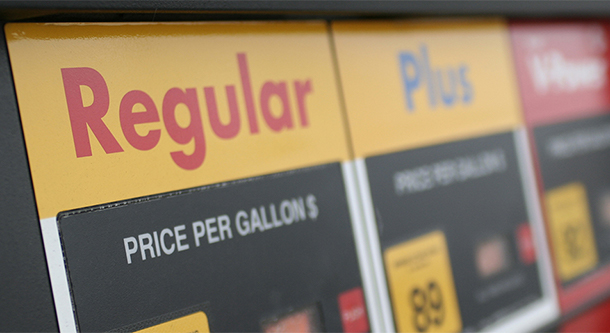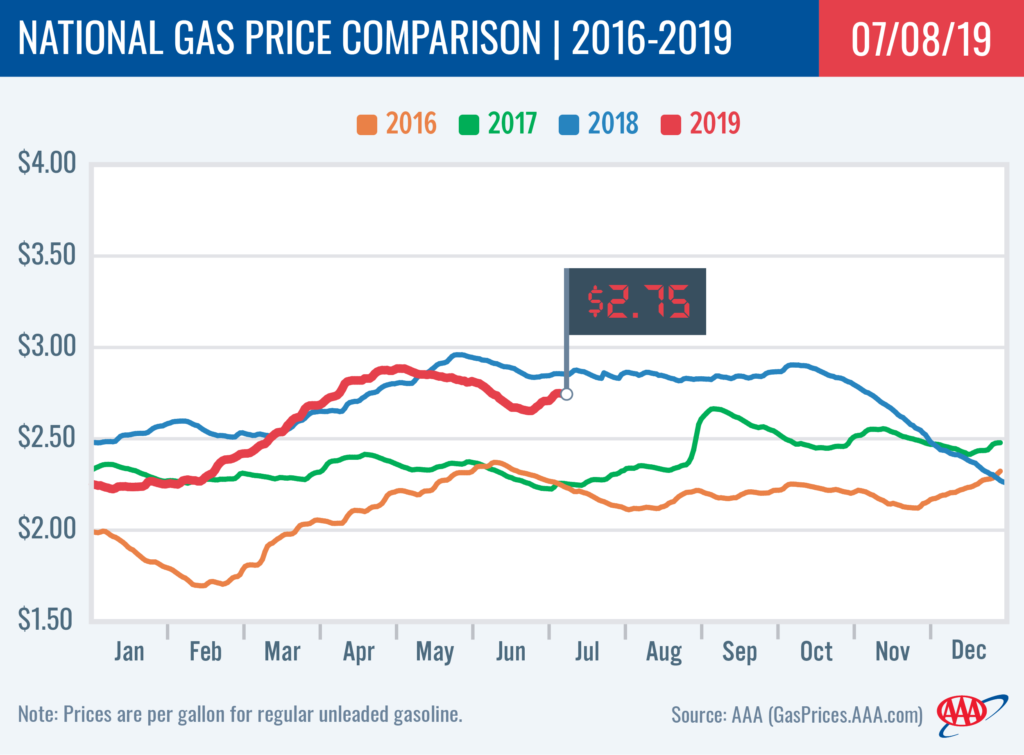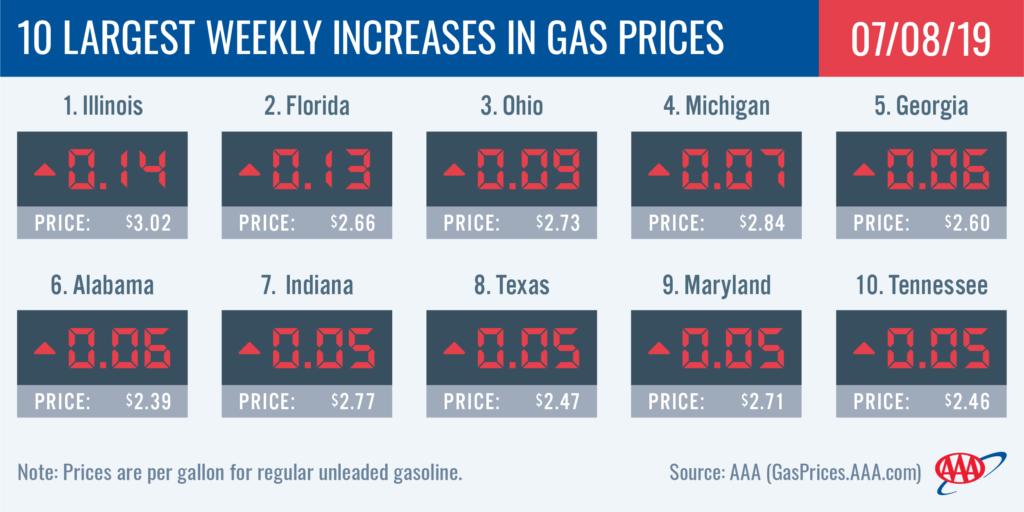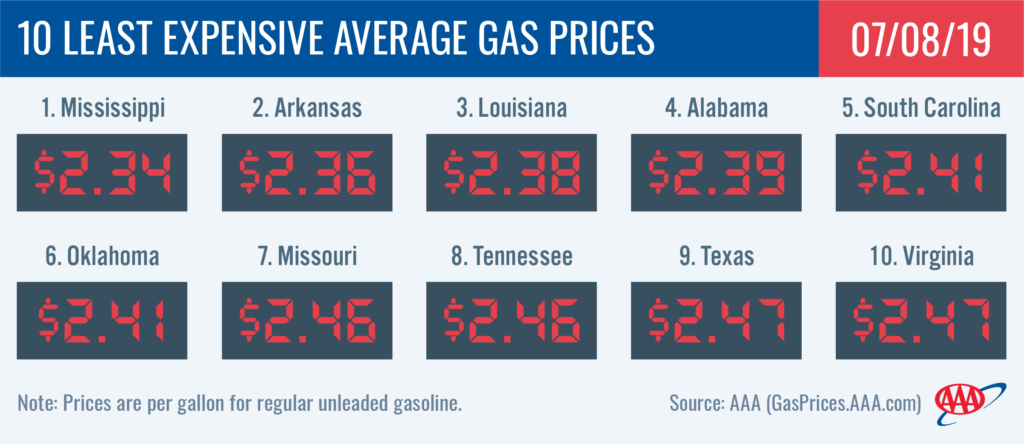Nearly 2 million more travelers than last year planning July 4 getaways, according to AAA

ORLANDO, Fla. (June 25, 2019) – More Americans than ever recorded by AAA, nearly 49 million, are making plans to honor the red, white and blue with an Independence Day getaway this year. (AAA began tracking holiday travel in 2000.) Overall travel volume for the holiday is expected to rise 4.1% over last year, with an additional 1.9 million people planning road trips and other vacations to celebrate America’s birthday. For the record-high 41.4 million Americans who will travel by automobile this Independence Day, INRIX, a global mobility analytics company, predicts drivers could face delays as much as four times a normal commute, with Wednesday, July 3 the worst day on the roads.
Additional Resources
In addition to lower gas prices compared with last summer, broader economic fundamentals remain strong. Low unemployment, robust consumer spending, and rising disposable incomes are all encouraging more consumers to invest their hard-earned money in travel this summer.
“As Independence Day approaches, it’s time for the much loved family road trip and this year will be one for the record books, with more Americans than ever planning vacations,” said Paula Twidale, vice president, AAA Travel. “This holiday builds on the strong travel demand seen for Memorial Day, and with schools now out of session across the country, families coast to coast are eager to travel.”
Independence Day holiday travel, by mode
- Automobiles: The vast majority of travelers – 41.4 million – will hit the road, the most on record for the holiday and 4.3% more than last year.
- Planes: 3.96 million people will take to the skies, the highest number on record and 5.3% more than last year.
- Trains, Buses and Cruise Ships: Travel across these sectors will increase by 0.6% to 3.55 million passengers.
Record-level drivers equals record-level delays
For the 41.4 million Americans traveling by automobile this Independence Day, INRIX, in collaboration with AAA, predicts drivers will experience the greatest amount of congestion on Wednesday, July 3 as commuters mix with holiday travelers. In major metros, drivers could face delays as much as four times a normal commute. Nationwide, delays are expected to increase by approximately 9%.
“With record-level travelers hitting the road this holiday, drivers must be prepared for delays around our major metros,” said Trevor Reed, transportation analyst at INRIX. “Although travel times are expected to nominally increase throughout the week, hands down, Wednesday afternoon will be the worst time to be on the road.”
| Region |
Worst Day for Travel |
Worst Time for Travel |
Delay Multiplier |
| Atlanta |
Friday, July 5 |
5:00 – 7:00 PM |
2.5x |
| Boston |
Friday, July 5 |
10:00 AM – 12:00 PM |
3.4x |
| Chicago |
Friday, July 5 |
1:00 – 3:00 PM |
2x |
| Detroit |
Wednesday, July 3 |
2:00 – 4:00 PM |
2x |
| Houston |
Thursday, July 4 |
1:00 – 3:00 PM |
3x |
| Los Angeles |
Wednesday, July 3 |
11:30 AM – 1:30 PM |
2.7x |
| New York |
Wednesday, July 3 |
1:45 – 3:45 PM |
3.8x |
| San Francisco |
Wednesday, July 3 |
1:30 – 2:30 PM |
2.5x |
| Seattle |
Thursday, July 4 |
12:00 – 2:00 PM |
3x |
| Washington, DC |
Sunday, July 7 |
10:30 AM – 12:30 PM |
2.4x |
Lower gas prices motivating millions of road trippers
With today’s national average of $2.66, gas prices are 19 cents less year-over-year and expected to drop even lower into the summer. This is motivating record numbers of travelers to take road trips for the holiday weekend.
“Gas prices are, on average, 17 cents cheaper than Memorial Day weekend, which is welcome news for motorists hitting the road to celebrate the July Fourth holiday,” said AAA gas price expert Jeanette Casselano. “More so, summer gas prices are poised to continue dropping even lower in coming weeks.”
Travelers paying more for July 4 car rentals and airfares
Some of the savings travelers are enjoying from lower gas prices will go toward other travel costs this holiday, which are trending higher. According to AAA’s Leisure Travel Index, airfares on average are 10% more expensive compared with last Independence Day, while average car rental rates are 5% higher than last year, at $69 daily. Meanwhile, midrange accommodations are expected to cost travelers between $153 for AAA Two Diamond and $189 for AAA Three Diamond Rated hotels.
Top Independence Day travel destinations
Fun-in-the-sun locales like Orlando and Honolulu lead the top 10 the list of popular destinations for American travelers this Independence Day, based on advance AAA Travel bookings:
- Orlando, Florida
- Honolulu, Hawaii
- Seattle, Washington
- Las Vegas, Nevada
- Anaheim, California
- New York, New York
- Boston, Massachusetts
- Maui, Hawaii
- Anchorage, Alaska
- Chicago, Illinois
For those travelers planning an international vacation, Europe is the destination of choice. Rome, London, Dublin and Paris are the most popular spots for international vacations this Independence Day, with Vancouver, Canada — a top departure port for Alaskan cruises — rounding out the top five.
According to Hertz, a 40-year AAA partner, the busiest airport pick-up locations for travelers renting a car this Independence Day are expected to be Orlando (MCO), Los Angeles (LAX), Denver (DEN), Las Vegas (LAS) and San Francisco (SFO). The busiest day for rental pick-ups is expected to be Wednesday, July 3.
AAA to rescue nearly 367,000 motorists
AAA expects to rescue nearly 367,000 motorists at the roadside this Independence Day holiday. Dead batteries, flat tires and lockouts will be the leading reasons AAA members will experience car trouble. AAA recommends motorists take their vehicles to a trusted repair facility to perform any needed maintenance before heading out on a road trip. Additionally, before hitting the road, motorists need to be prepared for emergencies by taking along a mobile phone and car charger, a flashlight with extra batteries, a first-aid kit, a basic toolkit, and drinking water and snacks for all passengers.
AAA reminds travelers that it’s not too late to plan an Independence Day trip. Visit AAA.com/Travel to get started.
Methodology:
AAA’s projections are based on economic forecasting and research by IHS Markit, a London-based business information provider. For the purposes of this forecast, the Independence Day holiday travel period is defined as the five-day period from Wednesday, July 3 to Sunday, July 7. In cooperation with AAA, IHS Markit developed a unique methodology to forecast actual domestic travel volumes, using macroeconomic drivers such as employment; output; household net worth; asset prices including stock indices; interest rates; housing market indicators and variables related to travel and tourism, including prices of gasoline, airline travel and hotel stays. The complete AAA/IHS Markit 2019 Independence Day holiday travel forecast is available here.
About AAA:
AAA provides more than 59 million members with automotive, travel, insurance and financial services through its federation of 34 motor clubs and nearly 1,100 branch offices across North America. Since 1902, the not-for-profit, fully tax-paying AAA has been a leader and advocate for safe mobility. Drivers can request roadside assistance, identify nearby gas prices, locate discounts, book a hotel or map a route via the AAA Mobile app. To join, visit AAA.com.
About INRIX:
INRIX is the global leader in connected car services and transportation analytics. Leveraging big data and the cloud, INRIX delivers comprehensive services and solutions to help move people, cities and businesses forward. Our partners are automakers, governments, mobile operators, developers, advertisers, as well as enterprises large and small.

 ORLANDO, Fla. (September 26, 2019) –AAA has hit the milestone mark of 60 million members, making the motoring and leisure travel organization one of the largest membership associations in North America. Since 1902, AAA has been an iconic brand that evokes feelings of safety, security and peace of mind, with 1 in 4 U.S. households today being proud AAA card-carrying members.
ORLANDO, Fla. (September 26, 2019) –AAA has hit the milestone mark of 60 million members, making the motoring and leisure travel organization one of the largest membership associations in North America. Since 1902, AAA has been an iconic brand that evokes feelings of safety, security and peace of mind, with 1 in 4 U.S. households today being proud AAA card-carrying members.




